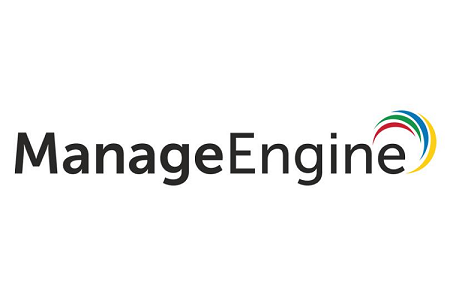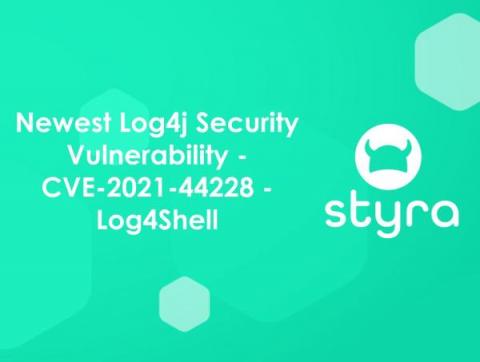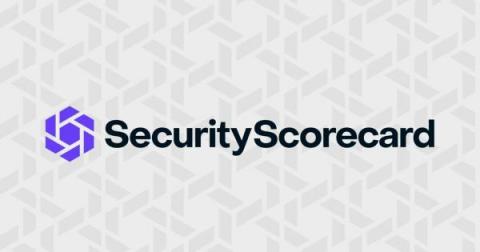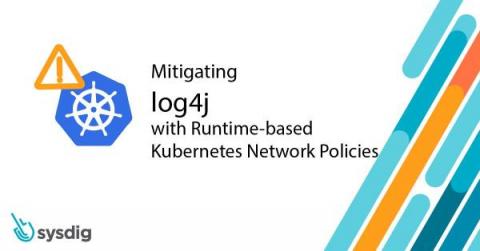Implementing endpoint and network security for a hybrid workforce model
The onslaught of the COVID-19 pandemic brought about many changes and disruptions in cybersecurity. Organizations globally shifted to remote work scenarios to enable their employees to work from the comfort of their homes. Since this was a sudden decision, many organizations lacked resources to ensure security while users were operating from locations across the world. These redefined security perimeters provided leeway for bad actors to perform cyberattacks.











